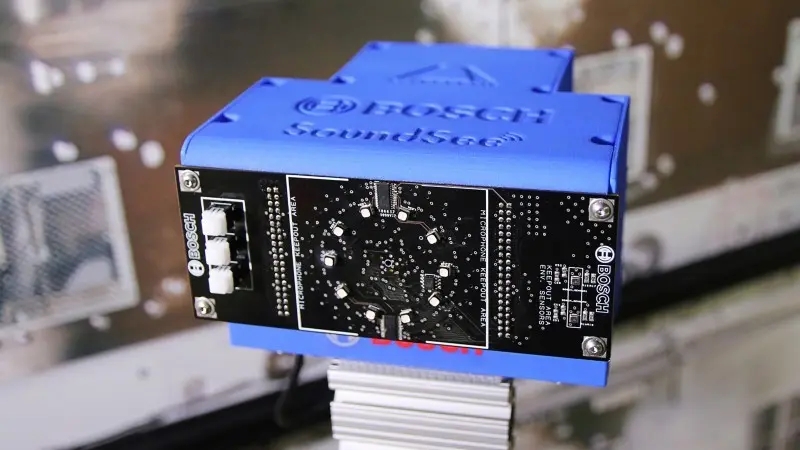How AI is the new ears of the deaf, robots and… …space?

See Sound is a new “home hearing system” developed to assist people by hearing increases in volume in their homes and notifying its users of the disturbance. It does this using a massive library of sounds to work out a best match and evaluate a percentage ranking to indicate its degree of certainty. The potential for this technology to help those with hearing impairments or increase the security of our homes is clearly significant and it’s one of the many ways new audio detection AI could change the way we see sound.
When Jawed Karim, Steve Chen and Chad Hurley launched Youtube on valentines day 2005 they probably didn’t realise that they were inadvertently creating an almost limitless data set of video and audio that would become the basis of some pretty serious machine learning. Along with other social media and streaming sites absolutely massive amounts of data have been utilised by algorithms to learn how to detect thousands (if not millions) of sounds impressively accurately. Some of the applications of these well trained algorithms like See Sound are pretty close to home but others are much further reaching.

SoundSee (pictured above) is a device invented by Bosch for use on the International Space Station. The device floats around the ISS mounted on a cube shaped mini robot called an Astrobee. Similarly to See Sound the goal of SoundSee is to detect sounds in the space station that could be of interest or concern such as mechanical faults or defects. The continuous recordings made by SoundSee are sent back to scientists on earth who monitor and analyse the sounds to determine whether machines are experiencing malfunctions or are likely to in the future. For vital systems such as air treatment and lighting these checks are of extreme importance.

With the ever increasing use of automation in our every day lives it seems likely that we will rely on intelligent audio detection more and more. It could provide a way for self driving cars to detect other vehicles and hazards around them. Perhaps it will also provide ears and a way of detecting changes in environments for robots and other machines. What other unforeseen implications could these technologies have for our future? Only time will tell…